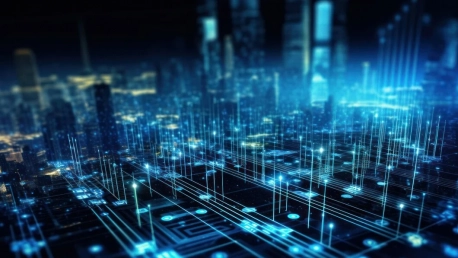As the digital arena progresses, the cellular Internet of Things (IoT) is experiencing an upsurge in devices and the volume of data, revolutionizing our interaction with our environment. This phenomenon spans from the development of smart cities to the enhancement of industrial processes through automation. IoT is rapidly becoming an integral part of societal infrastructure.This integration calls for the advancement of robust strategies for the management and safeguarding of IoT ecosystems. Concerns such as data privacy, network security, and efficient device management are now at the forefront. The necessity for secure and reliable communication protocols in IoT devices is also more pronounced than ever, with innovations aimed at ensuring data integrity and the seamless operation of connected devices.The future of cellular IoT hinges on meeting these challenges while accommodating the ever-increasing complexity and scale of IoT networks. It remains imperative that as we forge ahead in this technologically interconnected age, we strike a balance between innovation and the assurance of a secure and manageable IoT landscape.
Exploring the Surge in IoT Connectivity
The Growth of Cellular IoT Devices
The landscape of IoT connectivity is rapidly expanding, with predictions indicating growth from 3.4 billion devices in 2024 to 6.5 billion by 2028. This boom isn’t just a matter of quantity—it’s poised to yield 46 petabytes of data, necessitating efficient, automated management systems. As we enter this era of unprecedented connectivity, the challenge for businesses will be to harness technologies that autonomously maintain and protect this extensive network of IoT devices. Success will hinge on the deployment of smart solutions capable of overseeing and optimizing countless devices to maintain uninterrupted operations and robust security, all without the need for constant human oversight. This digital transformation is not just a step but a leap toward a future where enterprise efficiency is defined by the intelligent interplay of vast IoT ecosystems.
The Importance of Federated Learning in IoT
As IoT devices proliferate, they generate a deluge of data that’s ripe for exploitation, exposing a crucial need for enhanced security to protect sensitive information. The centralized data training approach, traditionally favored, attracts cyber threats due to its single point of vulnerability. To combat this, federated learning steps in as a powerful solution. This decentralized machine learning strategy allows IoT devices to process data on-site, removing the need to send private information to a central repository. This significantly diminishes the security risks associated with data transmission. Federated learning doesn’t just bolster privacy; it represents a transformative step toward strengthening security measures within an industry that’s increasingly under threat. By implementing this forward-thinking method, the risks inherent in data centralization can be mitigated, marking progress toward a safer, more resilient IoT ecosystem.
Initiatives and Partnerships Fueling IoT Expansion
Bolstering IoT Infrastructure for Smart Cities
Smart cities are increasingly harnessing the power of the Internet of Things (IoT) to transform urban living. With BT leading the charge through its innovative smart city IoT network, a revolution in urban management is on the horizon. Meticulous collaboration between urban planners and tech companies is fostering a new generation of connected, efficient, and intelligent city infrastructures. These IoT frameworks will provide the backbone for numerous smart applications, enabling improved traffic flow, energy usage, and public safety. The data collected by these networks will be pivotal in offering real-time insights, significantly influencing policymaking and citizen interaction. This interconnected urban ecosystem promises a future where every aspect of city life is optimized for sustainability and enhanced quality of living.
Advancements in Industry and Consumer IoT Connectivity
The Internet of Things (IoT) is expanding rapidly beyond city design into both consumer and industrial sectors, showcasing its versatility. The surge in IoT deployments, including new partnerships around Global System for Mobile Communications (GSM) for Narrowband-IoT (NB-IoT) via GEO satellites, shows its wide-ranging utility. IoT’s reach now extends from factory automation to the wilderness for remote sensor data capture, enhancing oversight and data-informed decisions. Additionally, Wi-Fi HaLow technology is revolutionizing consumer IoT by offering low-power, wide-coverage connectivity suitable for smart home gadgets and wearable tech. This varied array of IoT applications underscores the all-encompassing influence of connectivity in modern life while highlighting the innovation propelling the sector. This integration depicts a future where every device could communicate efficiently, fostering an even smarter and more interconnected world.









